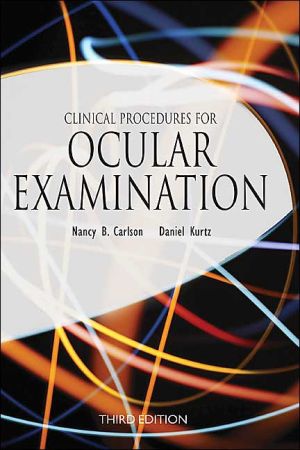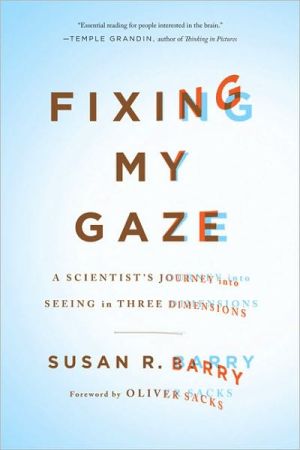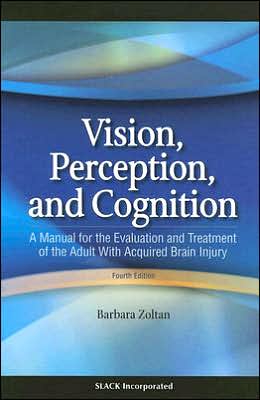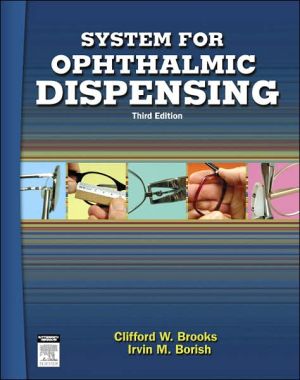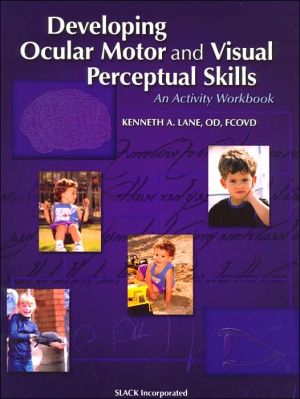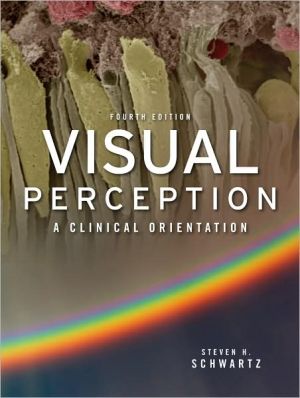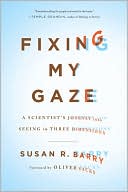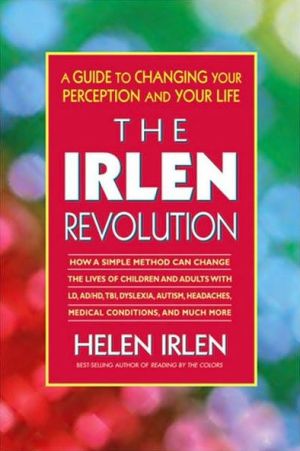Clinical Procedures for Ocular Examination
The most thorough step-by-step guide to ocular examination procedures. Presents detailed step-by-step procedures for over 125 ocular evaluation techniques. Revised and updated, this edition features at-a-glance summaries of multi-step procedures as well as new procedures including corneal topography, pharmacological pupil testing, and photostress test.\ \ \ The book contains black-and-white illustrations.\
Search in google:
Clinical Procedures for Ocular Examination, Third Edition, is a must-have resource for students and practitioners involved in eye care. This concise handbook provides detailed, step-by-step procedures for performing each examination technique. Each technique is then described by purpose, indication, equipment, set-up, recording, and examples—all accompanied by updated graphics and photographs. The latest technologies and techniques in the field of vision care are covered in this comprehensive guide.Features of the Third Edition*Step-by-step procedures for each exam procedure*Convenient summaries of practical how’s and why’s, without distracting theory*New procedures include corneal topography, pharmacological pupil testing, photostress test, and more*Expanded tables, such as cranial nerve screening and refraction flow chart*Updated references and normsNancy B. Carlson, ODProfessor of OptometryNew England College of OptometryBoston MADan Kurtz, OD, PhDProfessor of OptometryThe New England College of OptometryBoston, MA 02115 Kent M. Daum This book describes many procedures necessary for the examination of the eyes. This second edition includes substantial new material relevant to the use of therapeutic pharmaceuticals, screening for systemic conditions, and contact lenses. The book is technical, intended to describe how to perform the various tests necessary to examining the eyes and does not provide theory or extensive application. Given the vast array of examination techniques, an authoritative source provides an important framework. The authors succeed in meeting their objectives and step-by-step descriptions for a given technique are concise and easy to follow. The book is written primarily for optometry students, although it would be a useful reference for new clinicians. The authors are well known and credible authorities in the area. About 100 of the most commonly completed vision examination tests are described in step-by-step fashion, and each procedure includes the purpose of the test, equipment needed, the set-up, a step-by-step procedure, and instructions for recording the test. The illustrations are generally well done. Although not extensive, references are appropriate for the text because references for these techniques often are not available. The book presents well and is sized to easily fit in a standard clinic jacket pocket. This good book is designed to meet its purpose. This edition has better illustrations, drawings, and organization than the first edition. It omits a few common procedures such as prism bar vergences and tests of fixation disparity, although substantial material regarding screening for systemic conditions and contact lens practice has been added. This book will be veryuseful to all optometry students. I recommend it to them and to any others wishing step-by-step instructions on procedures used to examine the eye.
ContributorsPrefaceIntroductionAcknowledgments1Case History12Entrance Tests73Refraction714Functional Tests1615Ocular Health Assessment2196Contact Lenses3217Systemic Health Screening3958Cranial Nerve Screening423References453Index473
\ Kent M. DaumThis book describes many procedures necessary for the examination of the eyes. This second edition includes substantial new material relevant to the use of therapeutic pharmaceuticals, screening for systemic conditions, and contact lenses. The book is technical, intended to describe how to perform the various tests necessary to examining the eyes and does not provide theory or extensive application. Given the vast array of examination techniques, an authoritative source provides an important framework. The authors succeed in meeting their objectives and step-by-step descriptions for a given technique are concise and easy to follow. The book is written primarily for optometry students, although it would be a useful reference for new clinicians. The authors are well known and credible authorities in the area. About 100 of the most commonly completed vision examination tests are described in step-by-step fashion, and each procedure includes the purpose of the test, equipment needed, the set-up, a step-by-step procedure, and instructions for recording the test. The illustrations are generally well done. Although not extensive, references are appropriate for the text because references for these techniques often are not available. The book presents well and is sized to easily fit in a standard clinic jacket pocket. This good book is designed to meet its purpose. This edition has better illustrations, drawings, and organization than the first edition. It omits a few common procedures such as prism bar vergences and tests of fixation disparity, although substantial material regarding screening for systemic conditions and contact lens practice has been added. This book will be veryuseful to all optometry students. I recommend it to them and to any others wishing step-by-step instructions on procedures used to examine the eye.\ \ \ \ \ From The CriticsReviewer: Kent M. Daum, OD, MS, PhD(University of Alabama at Birmingham)\ Description: This book describes many procedures necessary for the examination of the eyes. This second edition includes substantial new material relevant to the use of therapeutic pharmaceuticals, screening for systemic conditions, and contact lenses.\ Purpose: The book is technical, intended to describe how to perform the various tests necessary to examining the eyes and does not provide theory or extensive application. Given the vast array of examination techniques, an authoritative source provides an important framework. The authors succeed in meeting their objectives and step-by-step descriptions for a given technique are concise and easy to follow.\ Audience: The book is written primarily for optometry students, although it would be a useful reference for new clinicians. The authors are well known and credible authorities in the area.\ Features: About 100 of the most commonly completed vision examination tests are described in step-by-step fashion, and each procedure includes the purpose of the test, equipment needed, the set-up, a step-by-step procedure, and instructions for recording the test. The illustrations are generally well done. Although not extensive, references are appropriate for the text because references for these techniques often are not available. The book presents well and is sized to easily fit in a standard clinic jacket pocket.\ Assessment: This good book is designed to meet its purpose. This edition has better illustrations, drawings, and organization than the first edition. It omits a few common procedures such as prism bar vergences and tests of fixation disparity, although substantial material regarding screening for systemic conditions and contact lens practice has been added. This book will be very useful to all optometry students. I recommend it to them and to any others wishing step-by-step instructions on procedures used to examine the eye.\ \ \ 3 Stars from Doody\ \
